The Return of a Tradition – The Earth Structure & Dynamics Class Field Trip
An important tradition in my academic life is the Earth Structure & Dynamics class field trip. This weekend trip takes William & Mary students across the Piedmont and Blue Ridge Mountains to examine the geology underfoot in the Appalachians and, along the way, practice doing geology in the field. I’ve been running this trip for more than 25 years.
The last time this trip ran was in the Spring of 2019 when the Neoacadian Poets sallied forth to the Blue Ridge. In 2020, during the early days of the pandemic, I pivoted the trip to a virtual experience which garnered mixed reviews from my students. I was on research leave in 2021, and the Earth Structure & Dynamics class was taught in hybrid fashion and without field trips.
This past Saturday, for the first time in three years, the Earth Structure & Dynamics class departed Williamsburg a dawn. We revisited outcrops that had been lonely, missing the critical gaze of W&M geoscientists for too long. It was exciting to be back, and my students jumped into the challenge of measuring geological structures, identifying rocks, and making connections about paleotectonics.
Typically, this trip is an overnight adventure. For scheduling reasoning, this year’s trip is early (late March rather than mid-April), and I worried about March’s notorious swings in weather.
A few weeks back I decided that if 1) the low temperature was forecast to be below 45˚ F and 2) if there was precipitation in the forecast, we’d make the trip a day trip. Last Monday, informed by the 5-day forecast, I made the decision that we’d set out on a long-day trip.
That was the correct decision!
As Saturday’s field trip wore on, we were challenged by March’s fickle weather. Early into Stop 1, at Goochland’s Hidden Rock Park, a West wind made its presence known. West of Scottsville, in the Blue Ridge foothills, stratocumulus clouds raced over head occasionally sending forth big fat raindrops.
In the late afternoon, we ascended to the Blue Ridge Parkway to examine two classic exposures that reveal Virginia’s geoheritage. At the Greenstone Overlook, we swarmed an outcrop of greenstone which preserves primary magmatic structures from way back in the day (560 million years ago) when these rocks formed as lava flows. The sky was suitably dramatic and nicely framed the vista of the Shenandoah Valley and Alleghany Mountains. However, the West wind was now malicious and cold. It was tough to focus on the geology at the Greenstone Overlook.
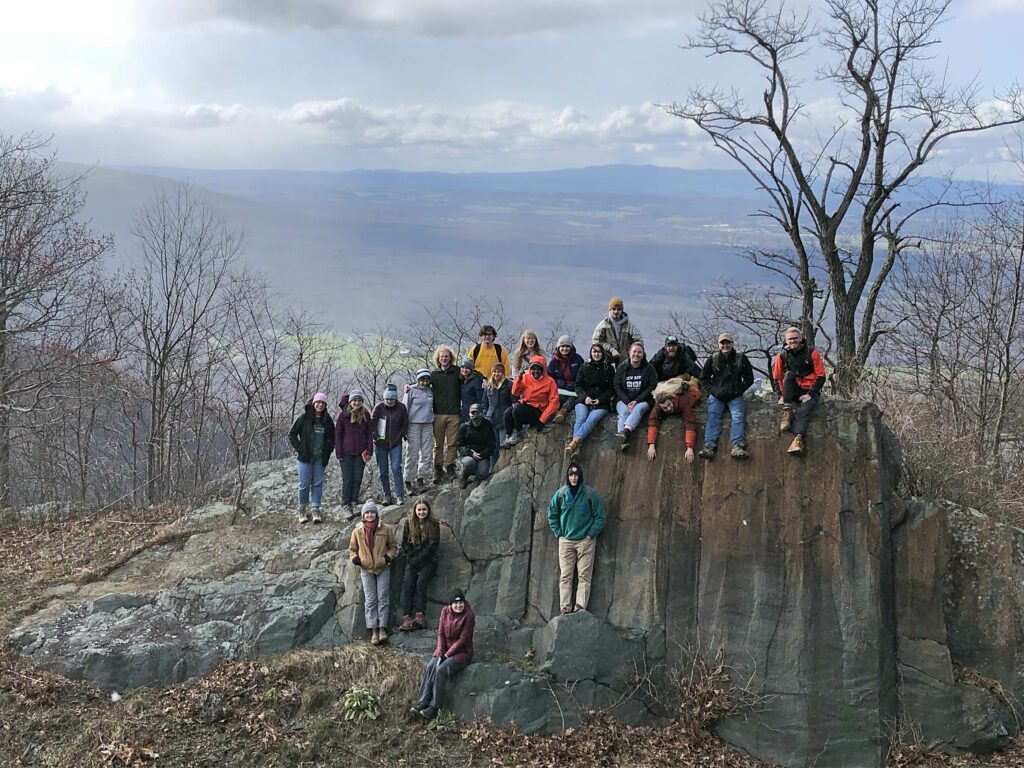
The 2022 William & Mary Earth Structure & Dynamics class on an outcrop at the Greenstone Overlook along the Blue Ridge Parkway. Notice the dramatic sky, the whitish haze is graupel falling out of the clouds.
To make things more interesting, something cold and white was falling from the clouds. My students debated whether it was hail or sleet; rather it was graupel, a form of soft snow pellets, that is supercool (really) as graupel forms when supercooled water droplets freeze onto snowflakes.
It’s a dramatic weather day when graupel falls. The fat rain drops we’d experienced in the Blue Ridge foothills, were more or less still frozen as they fell onto the crest of the Blue Ridge (some 700 meters higher in elevation).
Our last stop was at Rockfish Gap (pdf) and it also provided epic weather. As a landform Rockfish Gap is a wind gap, and on Saturday it lived up to its name. The already strong west wind, funneled by topography through the gap, was absolutely raging. Checkout the video below to see what I mean!
The 2022 Earth Structure & Dynamics class field trip put in a full day’s worth of learning. My students brought a resolute and positive attitude to the challenging weather conditions. It’s not always easy in the field, but these experiences help build community in so many meaningful ways. In spite of the wind and the graupel, I’m glad that our tradition of going to the field as a class is back.
Comments are currently closed. Comments are closed on all posts older than one year, and for those in our archive.

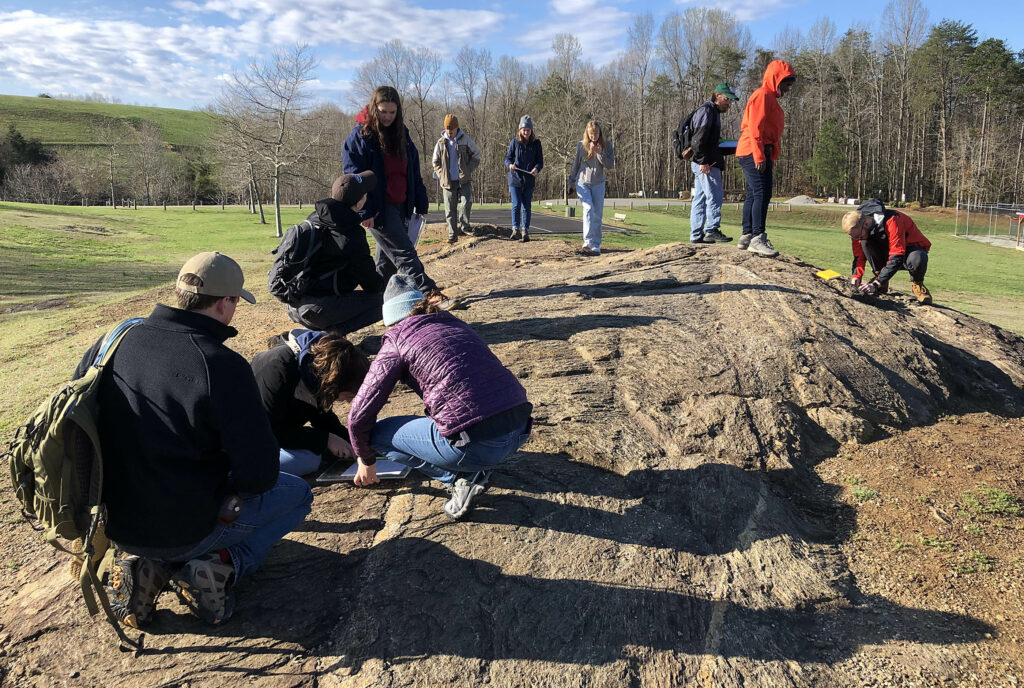
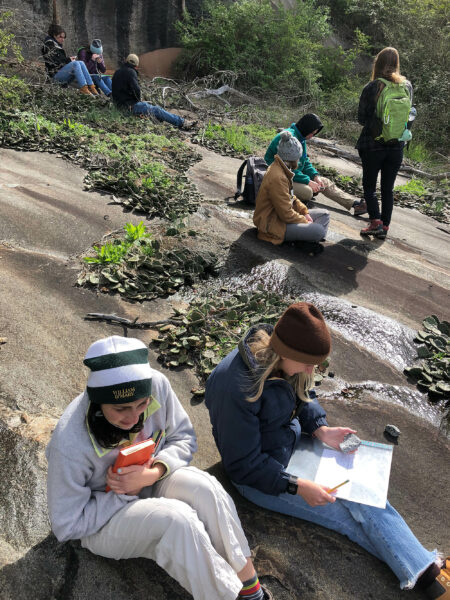
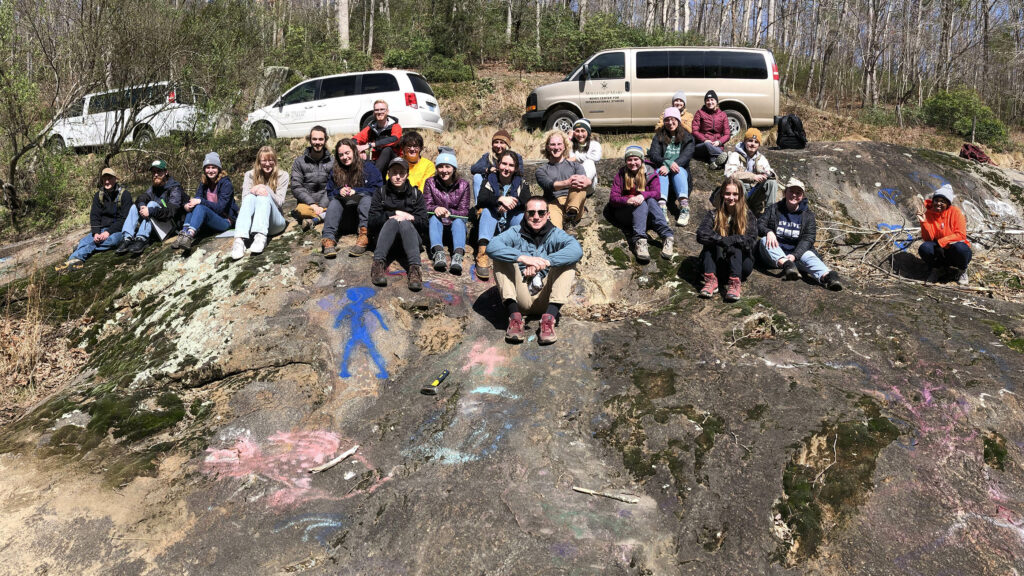
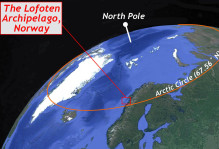
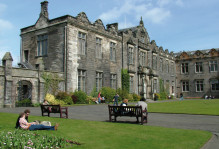
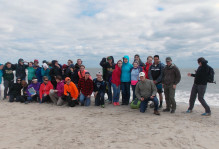
Thank You very much it was very helpful and very informative at the same time. Very well effort. What a great location . Loved the pictures. What a great effort to bring students on the Fields.
Jessica